LDN-(Low Dose Naltrexone)
Who May Benefit from Low Dose Naltrexone?
At low doses of 5 to 10mg per day or less, LDN has shown to reduce chronic pain & inflammation, autoimmunity, fatigue, and obesity. LDN has has also been used successfully for over 40 years with an outstanding safety record.
Numerous clinical studies have show LDN (Low Dose Naltrexone) to be a safe and effective treatment for many inflammatory-related diseases. If you’ve been diagnosed with an autoimmune disorder, low dose naltrexone may help improve your symptoms and overall wellbeing. Many autoimmune disorders respond to low dose naltrexone, including multiple sclerosis, autoimmune thyroid conditions such as Hashimoto’s, Crohn’s disease, lupus, rheumatoid arthritis, psoriasis, and adrenal diseases.
Low dose naltrexone can be beneficial for other conditions as well, including:
• Fibromyalgia • Chronic fatigue • Depression/anxiety • Chronic pain • Weight loss problems
• Weakened immune system • Cancer • Autism • PTSD • Alzheimer’s • AIDS
How Does low dose naltrexone work?
At low dosages, LDN ‘stimulates’ the brain into producing more natural opioids (these are called endogenous opioids). It does this by briefly binding to opioid receptors, which increases the levels of naturally occurring opioids in our body. In turn this makes us ‘feel good’ and provides pain relief.
Low dose naltrexone has a very short half-life, around 4 to 6 hours, which means its binding effects wear off quickly, however this is long enough to boost levels of naturally occurring opioids for 18 to 24 hours. Endogenous opioids are natural pain relievers and having more of these present in the body is one of the ways low dose naltrexone is thought to work.
POSSIBLE SIDE-EFFECTS
Vivid dreams.
Possible headaches.
Reduced need for thyroid medication.
Nausea ~1%.
Insomnia (temporary).
Unwanted weight-loss, rarely.
*Side-effects are most common after dose increases, and are usually temporary.
COMMON BENEFITS
Reduced chronic pain.
Decreased Inflammation.
Improved energy/reduced fatigue.
Improved general wellbeing.
Reduced autoimmunity.
Reduced stress.
Improved weight control.
How long does it take low dose naltrexone to work?
It may take up to 8 to 10 weeks for low dose naltrexone to work. It is important to keep taking it until at least then to know if it works for you.
Who Should Avoid Low Dose Naltrexone?
LDN is safe and well-tolerated. However, tell your doctor if you have liver or kidney disease or a bleeding disorder such as hemophilia. If you have any of these health problems or you are taking pain medications or immunosuppressive therapy, your doctor may consider a different form of treatment.
What should I avoid when taking low dose naltrexone?
Low dose naltrexone blocks opioid receptors and can precipitate opioid withdrawal, so it is important that you do not take any opioid (narcotic) pain relieving drugs at the same time as low dose naltrexone. You should not use low dose naltrexone treatment if you:
Are receiving opioid (narcotic) analgesics
Are addicted to opioids
Are withdrawing from opioids or have symptoms of opioid withdrawal
Have failed a naloxone challenge test or have a positive urine screen for opioids
Have acute hepatitis but may be allowed in patients with stable or compensated cirrhosis after considering the risks versus benefits
Are allergic to or have had a hypersensitivity reaction to naltrexone, polylactide-co-glycolide (PLG), or any other diluent or inactive ingredient in the product.
Tell your doctor or other health care provider of any recent use of opioids or any history of opioid dependence before starting low dose naltrexone to avoid having an opioid withdrawal. Your doctor may require that you pass a naloxone challenge test and/or a urine screen for opioids prior to low dose naltrexone use.
If you have been taking opioids of any kind, allow at least 7 days after your last dose of short-acting opioids or 10 to 14 days after your last dose of long-acting opioids to pass before starting low dose naltrexone.
If you are on opioids long term for conditions such as chronic fatigue and do not want to stop them, then you cannot take low dose naltrexone. Low dose tramadol (50mg two to three times daily) does not appear to cause problems with low dose naltrexone, according to some sources.
Low dose naltrexone should also be stopped at least 7 days before surgery.


